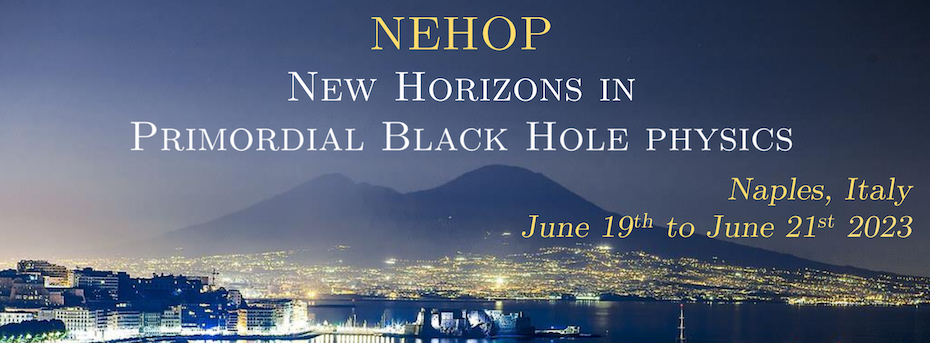Speaker
Description
Primordial black holes (PBHs) within the mass range $10^{17} - 10^{22}$ g are a favorable candidate for describing the all of the dark matter content. Towards the lower end of this mass range, the Hawking temperature, $T_{\rm H}$, of these PBHs is $T_{\rm H} \geq 100$ keV, allowing for the creation of electron -- positron pairs; thus making their Hawking radiation a useful constraint for most current and future MeV surveys. This motivates the need for realistic and rigorous accounts of the distribution and dynamics of emitted particles from Hawking radiation in order to properly model detected signals from high energy observations. This talk discusses the first in a series of papers to account for the $\mathcal{O}(\alpha)$ correction to the Hawking radiation spectrum in a Schwarzchild geometry. We begin by the usual canonical quantization of the photon and spinor (electron/positron) fields on the Schwarzschild geometry. Then we compute the correction to the rate of emission by standard time dependent perturbation theory from the interaction Hamiltonian. We conclude with the analytic expression for the \textit{dissipative} correction, i.e. corrections due to the creation and annihilation of electron/positrons in the plasma.

